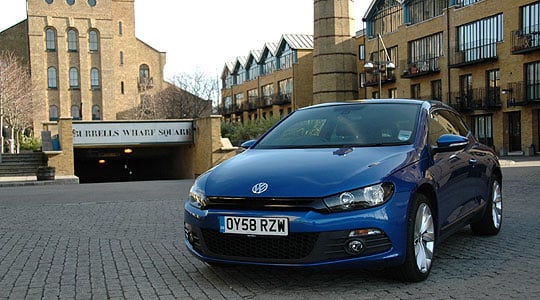
Ah, it takes you back. Few cars sum up the hedonism of the 1980s as well as the Scirocco. VW reintroduced the Golf-based 2+2 in 2008. Would a few days spent in the latest car really turn back the clock?
The Wolfsburg company actually introduced the Mk I Scirocco in 1974, just a few months before Volkswagen’s second-greatest all-time model was launched: the ‘life-saving’ Golf. Within a year or so, memories of quirky, clattering oddities were erased. Air-cooled? The 1976 Golf GTi was so cool it hardly needed a radiator.
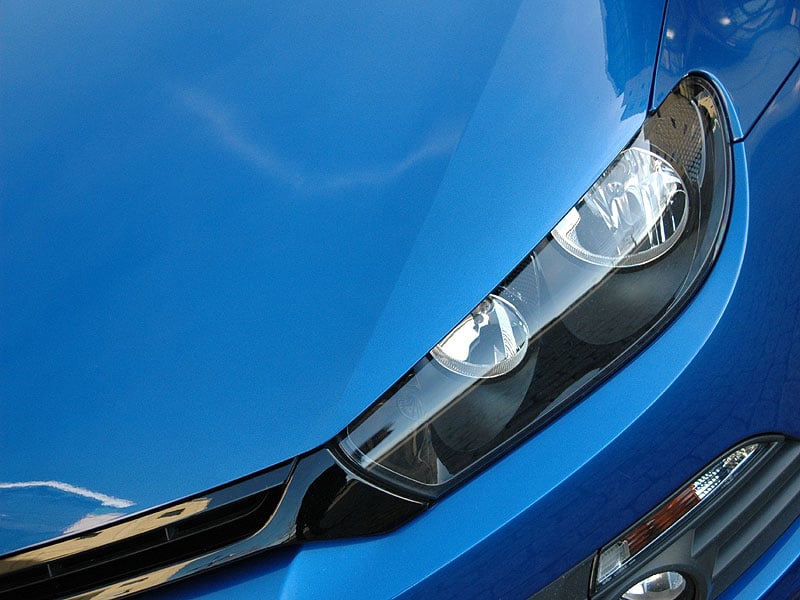
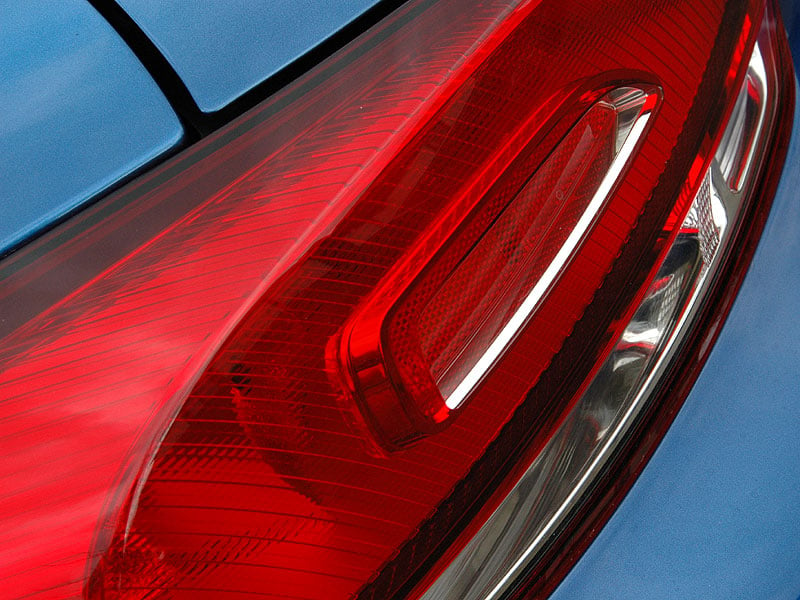
Just a notch in the model range above the fuel-injected hatchback were more powerful versions of the Scirocco. Initially available with ‘hairdresser-spec’, weedy carburettor engines, the 1.6-litre, and then 1.8-litre, bullet-proof injected motors gave the streamlined coupés considerable ‘go’.
You were, I suppose, either a Golf or Scirocco person. The hatchback, running on steel wheels, was the Army officer’s favourite; all Barbour coat and black Labrador. The Scirocco, meanwhile, was a little more sporting, more two-seater; maybe for a younger buyer that was doing well ‘in the City’.
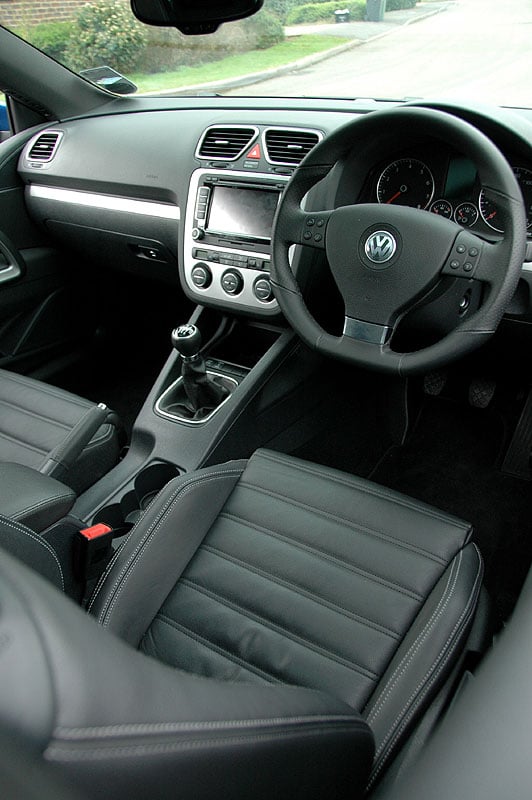
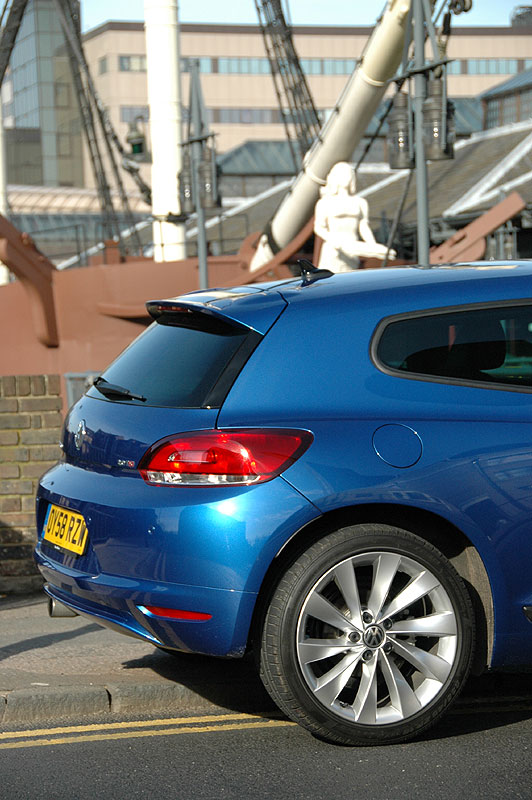
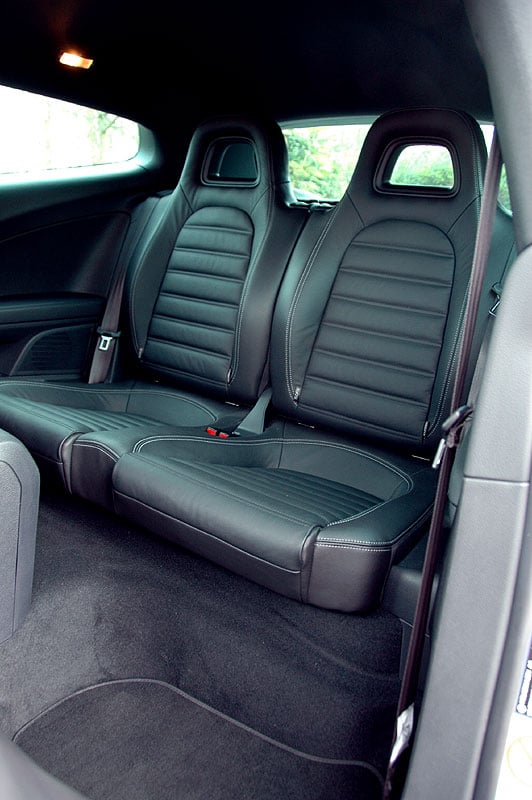
A Guards Red 911 may have meant you’d made it in 1984, but at £9795.99, a 1.8-litre, Cosmos Blue ‘Storm’ special-edition Scirocco was the next best thing.
Back to the future and the Rising Blue metallic GT 2.0 TSI sitting outside the Classic Driver office in 2009. Like its forebears, you can get the latest Scirocco with a smaller petrol engine (1400cc, supercharged and turbocharged to produce 160PS) but the 2.0-litre turbocharged direct-injection TSI from the Mk V Golf GTi is the motor of choice. There’s a 140PS 2.0 TDI, too, if you like that sort of thing in a coupé – but I don’t.
This car is a six-speed manual, but VW also offers its excellent DSG as an option: six gears for the big-engined cars and a seven-speed for the 1.4.
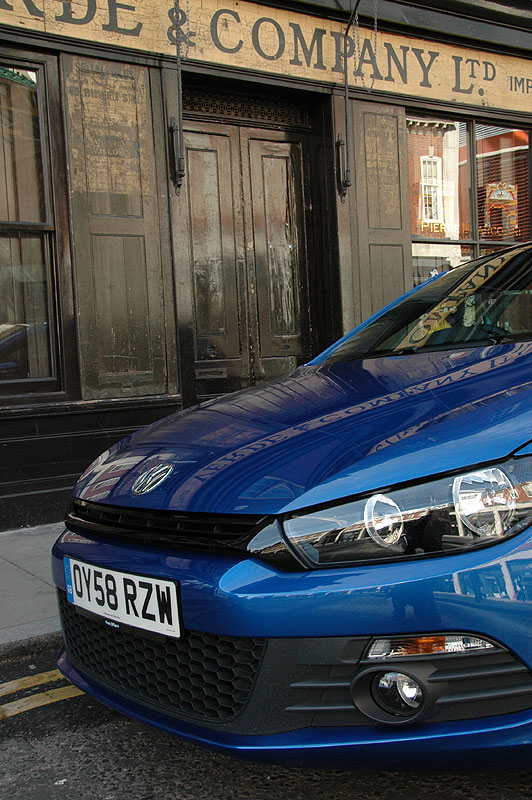
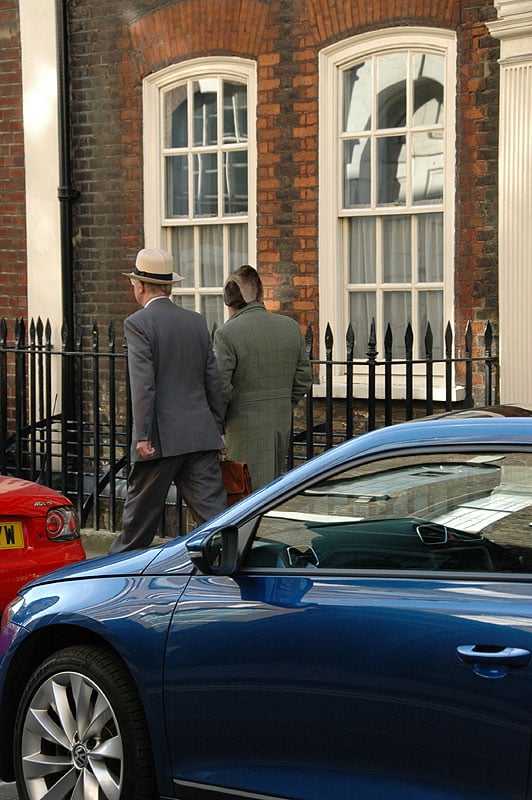
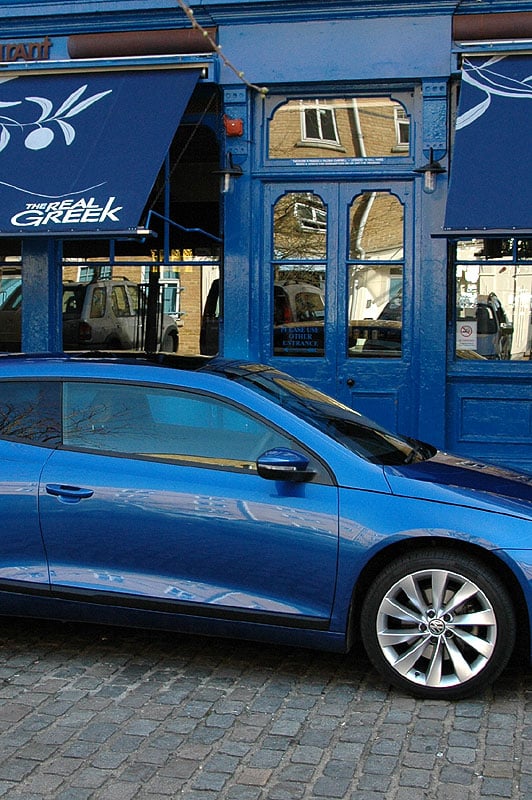
The interior is attractive, with a fascia from the Eos and super-supportive seats worthy of the Alfa Romeo 8C front and rear. There are also grab-handles on the doors and by the gearlever à la Lamborghini Miura and Ferrari 599 GTB. Not bad company - although if the design is superb, the execution is slightly lower quality than one would expect from VW. You don’t go from a retail price of £9795 in 1984 to £21,340 in 2009 (for a vastly better car) without some compromises.
With clever use of ‘cab-forward’ styling, the Wolfsburg engineers have designed a rakish coupé that will actually seat four and accommodate a useful amount of luggage to boot. Rear space is enhanced by the tailgate hinges being incorporated in the upper part of the roof – hence the two ‘power bulges’. It makes the lines a little more dramatic, as well freeing up rear headroom. Clever stuff.
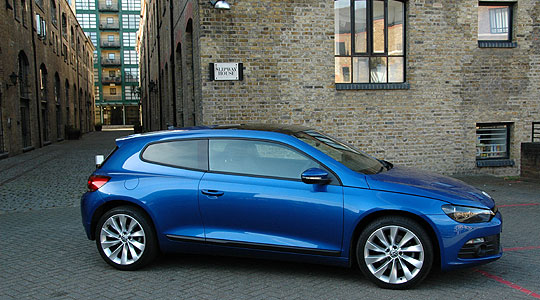
Turn the key and, until the engine fully warms up, it’s a little lumpy and unresponsive. Compared to the linear acceleration available from an unblown multi-cylinder, it’s a lusty performer – but best kept in its sweet zone of torque; 207lb ft from 1700-5000rpm. Push it to the maximum – around 6200rpm – and you’ve reached peak power and also the rev-limiter.
Don’t get me wrong. Driving something like a Ferrari 599 GTB, as I did, to Geneva last month, is a sublime, every-day-is-a-day-in-paradise experience. The Scirocco GT is real-world, licence-losing fast in anybody’s book. The gearlever is beautifully placed (I can think of few better) and the driving position, excellent seats and well-weighted steering make cross-country driving a pleasure.
And navigation town-and-around is made simplicity itself by one of the best satellite navigation systems out there: a touch-screen multimedia centre that is a superb - albeit expensive (£1415) - option. It’s good and, if you are buying one, you’ve got to get it and the high-quality leather seats, too, that really make the cockpit special (£1560 including heating).
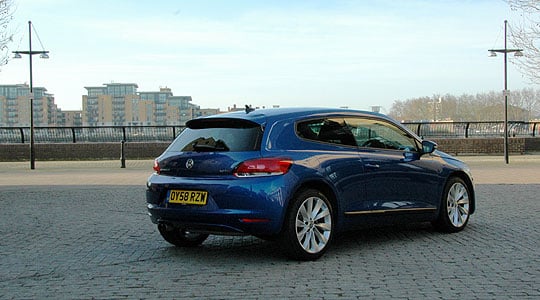
Motorways can be a little noisy, however, due to the big (8Jx18 ‘Interlagos’) wheels with 235/40 R18 tyres and the slightly rorty exhaust.
All UK-specification Sciroccos come with Volkswagen’s Adaptive Chassis Control system (ACC) as standard. This gives the driver three modes: a default ‘Normal’, ‘Comfort’ where damping is softened and steering assistance increased, and ‘Sport’, a set-up that not only stiffens the suspension but also sharpens the throttle response and reduces power-assistance to the steering wheel. And regarding the latter, in contrast to the well-designed and thoughtful cabin, VW has gone off the rails a little by using an oddly shaped wheel with very rough, segmented sections that I can only compare to a lobster’s leg.
Crazy comparison, perhaps – mad design, most definitely. What’s wrong with a simple, leather-covered circle?
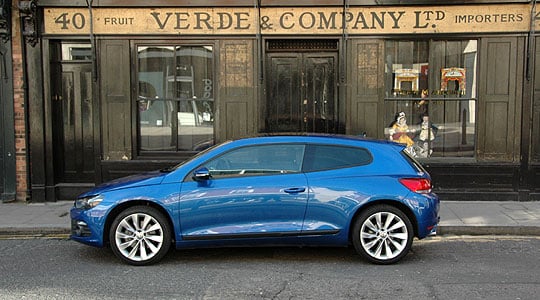
Back to the driving experience and the ACC’s different modes can be felt, although Comfort wasn’t really enough to iron out motorway rumble. On a twisting road, though, by selecting Sport and making judicious use of the car’s mid-range torque through the close-ratio gearbox it will fly along.
Around town, sat-nav on and ACC in Comfort and you’ve an easy drive. Watch the width, though, as the car feels ‘big’ – even though it’s just 24mm wider than a Mk VI Golf.
Even in today’s straitened times a Porsche 911 is but a trinket for many low-ranking City traders, with Masters of the Universe expecting an Enzo, California Spyder or McLaren F1. However, for those looking for a runabout from Docklands to Canary Wharf, also able to take in a bit of sailing, skiing or shooting at the weekends, it’s worth having a look at the new Scirocco GT.
The car tested was a Volkswagen Scirocco GT 2.0 TSI in Rising Blue metallic with black ‘Vienna’ leather upholstery. The UK basic ‘on the road’ price is £21,340. Price as tested: £25,750.
Technical information:
1984cc TSI 16-valve 4-cylinder developing 200PS from 5100-6000rpm, 207lb ft from 1700-5000rpm
0-62mph 7.2sec
Max speed 146mph
Combined fuel consumption 37.2mpg (29.4mpg actual on test)
CO2 179g/km
Text: Steve Wakefield
Photos: Classic Driver
ClassicInside - The Classic Driver Newsletter
Free Subscription!












